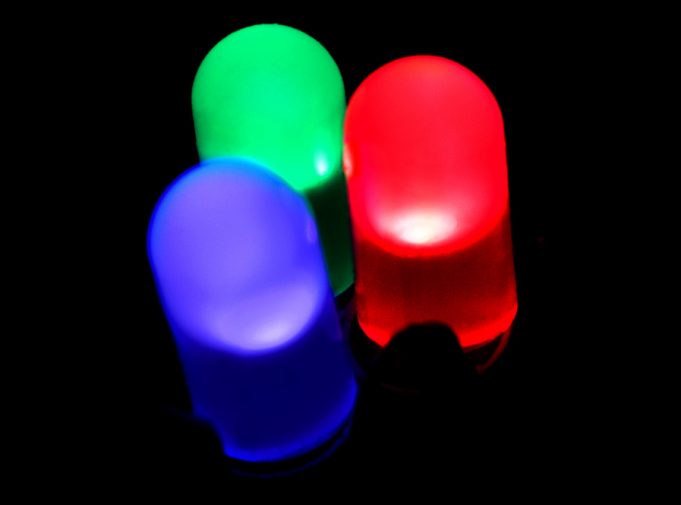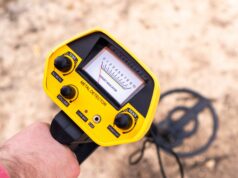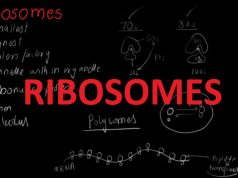The light emitting diode (LED) is a basic electronic component that can be found in components in nearly any environment. What is an LED, how does it work, and what is it used for?
What is an LED?
An LED is a diode that is used as a light source. Diodes are electronic devices that provide for one way current flow, meaning that current can flow from Terminal A to Terminal B, but cannot flow from Terminal B to Terminal A. Today’s diodes are semiconductors, doped with impurities to create a p-n junction.
Current flows from the anode (p) to the cathode (n), but not in the reverse direction. The color of light emitted by the LED depends on the semiconductor material used to create the LED, and the band gap energy of those materials. Today, many different colors can be generated using a variety of semiconductor materials, allowing LEDs to be used in many different applications.
LEDs are low-power components, generally requiring 30 to 60 mW of power, although larger capacity designs exist for specialized applications. LEDs are highly efficient, so they can provide significant brightness based on the power input. LEDs also have extremely long service lives. LEDs rarely fail outright; rather they lose brightness, and the term “half-life” is often applied to LEDs in terms of the point at which they have lost half of their brightness.
History of the LED
LEDs were first used as electronic components in the 1960s, but their effect was first noticed in the 1920s. The first LEDs were manufactured by Nick Holonyak Jr. at General Electric Company using gallium arsenide, which gave off light in the red to infrared range. Initial LED prototypes were very expensive to manufacture, and did not have practical use until the cost was reduced later in the 1960s. Hewlett-Packard began manufacturing LEDs in 1968 for their hand-held calculators.
The design of the LED evolved significantly over the next few decades, as increased brightness, new colors, and increased heat dissipation were incorporated into the design. The most common LED packages currently in use are the mm T1¾ and 3 mm T1 packages.
LEDs have been developed in a rainbow of colors, and even in white. White LEDs can be made by combining red, green, and blue LEDs into one unit, or by using phosphor to convert a single color LED light into white light.
Uses for LEDs
The most common use for LEDs is as an indicator light, generally to signify something, such as power being on. LEDs can be combined into grids to create signs. Individual LEDs are lit to make up letters or pictures on the sign.
LEDs are becoming common in traffic signal lights because of their long life and significant brightness. LEDs have more recently been used for lighting, including replacement bulbs, automotive lighting, and street lighting.
Infrared LEDs are often used for line-of-sight signaling, such as in remote controls for electronic equipment. LEDs in the ultraviolet range are used for sterilization and UV curing functions. LEDs are used in machine vision and inspection systems because they provide a clean, homogeneous light, and they can be strobed to take still images of quickly moving parts.
LEDs are one the most recognizable electronic components in use, and are used in a wide variety of industrial and consumer products.


















